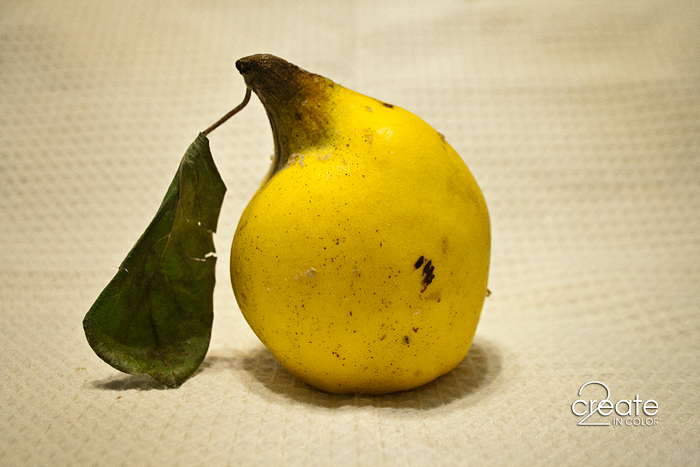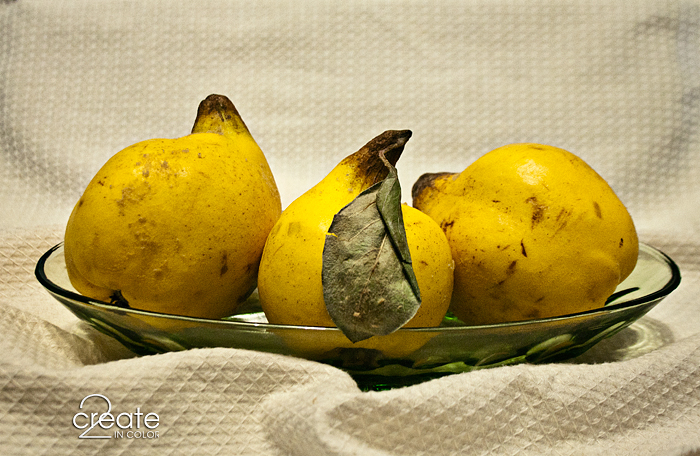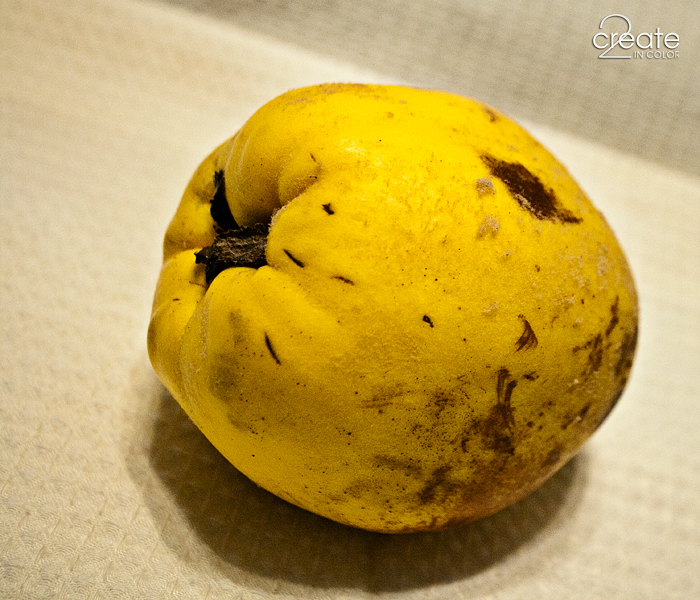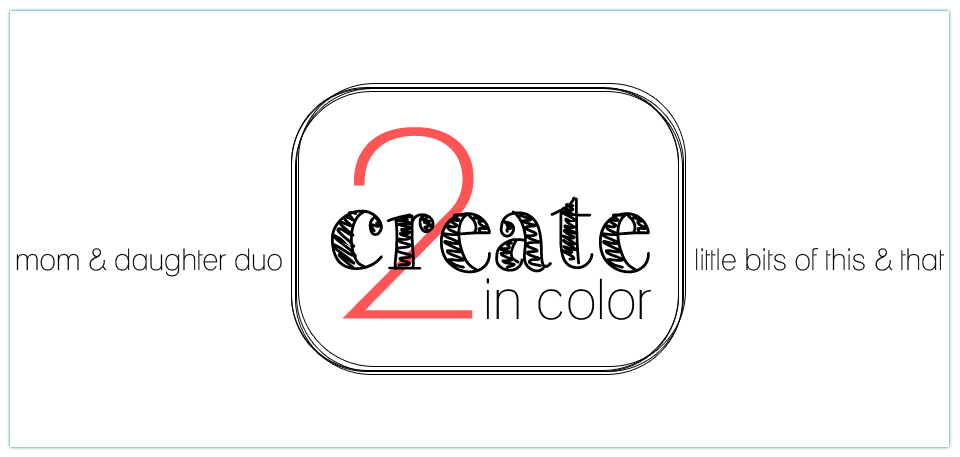
They dined on mince, and slices of quince,
Which they ate with a runcible spoon;
And hand in hand, on the edge of the sand,
They danced by the light of the moon…
(from The Owl and the Pussycat by Edward Lear)
Quince. Have you seen them at your produce stand yet? It’s the season for them! They look like awkward yellow apples. Don’t try to eat them like an apple, though! They’re super tart, sour, sometimes bitter, and very hard. But quinces have a lot to offer including scenting the air with the most complex fruit perfume you can imagine.
Your grandmother or great (-great-) grandmother could have very familiar with this old-school fruit with a modern cult following. Quince are a great source of pectin, and in the past were often used to help make jelly of other fruits. I remember hearing the older generations of women in my family mention quince jelly making, but don’t recall ever having any myself.

At the house where I grew up, we had a quince “bush,” actually a stunted tree, but we never did anything with them – making jellies was not part of our family’s food preservation routine although canning orchard fruits was. (And my dad made some pretty mean apple butter! ) Every spring, though, this bush put out the most beautiful brilliant coral color blossoms! Then the small, hard, sour fruits would come on and were promptly ignored.
How I wish for a mature quince tree now! Many people with older houses have quince trees and don’t realize what a treasure came along with their abode. Lucky them!

Quinces are related to apples and pears, but are much harder even when ripe. Hard like rutabagas and celery root — that kind of solidness. They often have a soft furry coating that can look like cardboard dust, but this scrubs right off the bright yellow skin. You can see it in the close up pictures here.
They can be difficult to peel, core, and cut up especially if you try to do an attractive job of it. I just get the job done! A vegetable peeler is safer than a paring knife for peeling, and a strong knife with a secure grip – I use my 6” chef’s knife on a stable cutting board – is safer for cutting it up.
Quince are very acidic and therefore turn brown in the air almost instantly like mine did in the photo collage below. You can hold them in some water with lemon juice or Fruit Fresh type of product if you wish.

But what do you do with quinces once you track some down and go to the trouble of peeling and coring them? Since I found quinces available just over a year ago, I’ve researched and played with them.
The most basic and versatile thing you can do is to poach them with sugar and water in the oven – they take quite a while to become soft – and then eat them with their thick syrupy juices over … well, here’s my list: unsweetened Greek yogurt, cottage cheese, vanilla bean ice cream, and Cream of Wheat :)
I ran a new experiment this past weekend at my mother-in-law’s house while I was there working on her new kitchen (designed by yours truly!) Instead of poaching them in the oven, I tried a crock pot. Success! After which, of course, I found the 20 gazillion other people who had done the same experiment. Oh, well! I got to make her house smell heavenly before and during the quince project!
POACHED QUINCE
2 lbs quince, scrubbed, peeled (reserve peels), quartered, and cored (discard cores and ends)
1 cup up to 3 cups sugar (my ¾ c. was just not quite enough for them to be eaten by themselves)
1 cup or more water, just enough to almost cover quinces.
Place peeled and cored quince quarters in crock pot or glass baking dish. Distribute sugar over, then the water. Place the reserved peels over the top. (Alternately, dissolve the sugar in the water in a saucepan or the microwave, then pour mixture over quinces.)
Distribute reserved peelings over the top. Cover baking dish tightly with foil and place in oven for 4-8 hours at your choice of 250 F to 300 F until fruit is tender. If using the crockpot, set on High for one hour, then Low for 4-6 hours until fruit is tender (Auto-shift may also be used, or 8-10 hours on Low.)
Remove peels and discard. Let quince cool in the liquid then refrigerate to keep. Serve fruit with or without this syrup however you wish.
———

When cooked, quince turn the most beautiful shade of pink, rose, ruby red, or in this case coral-y orange. I got a lot of “they look like yams” comments on these! The slower and longer you cook them, the more likely you are to get a strong rich color developing. This will also depend on the specific quince strain.
The first batch I ever poached in the oven, (for 5 hours) turned almost the color of cranberry sauce! The next batch turned a soft rosy pink after 6 hours. These from a local tree turned pink-tinged orange.
Some people don’t like quinces, some people like them with a lot of sugar, and others with less. I love their odd floraly fruity smell and flavor! My sister-in-law’s reaction to them was “Eww, no. They taste like perfume.” In this case I had to agree because I had decreased the sugar a bit too far in my experiment. This batch will get blended into some nice sweet fruit relish, or mashed and used as applesauce (with extra sweetener) in a quick bread.

You can mix them in (poached with sugar first) with other fruits in pies, tarts, relishes and chutneys. Here’s the link to the recipe I used last year that was my very favorite from all my explorations. Cranberry Quince Chutney from Lidia Bastianich … although I would call it a variation on basic cranberry relish. You can substitute apple juice or white grape juice for the white wine. I loved it on sandwiches, especially the leftover turkey sandwiches with cream cheese / goat cheese!
If you are interested, check the internet for more quince recipes!
Edited in: here is another source of some great sounding recipes!
You’ll find vanilla, spices, other fruits, varying types and amounts of sweeteners – pick one that sounds good and give quinces a try!
Gail




.jpg)